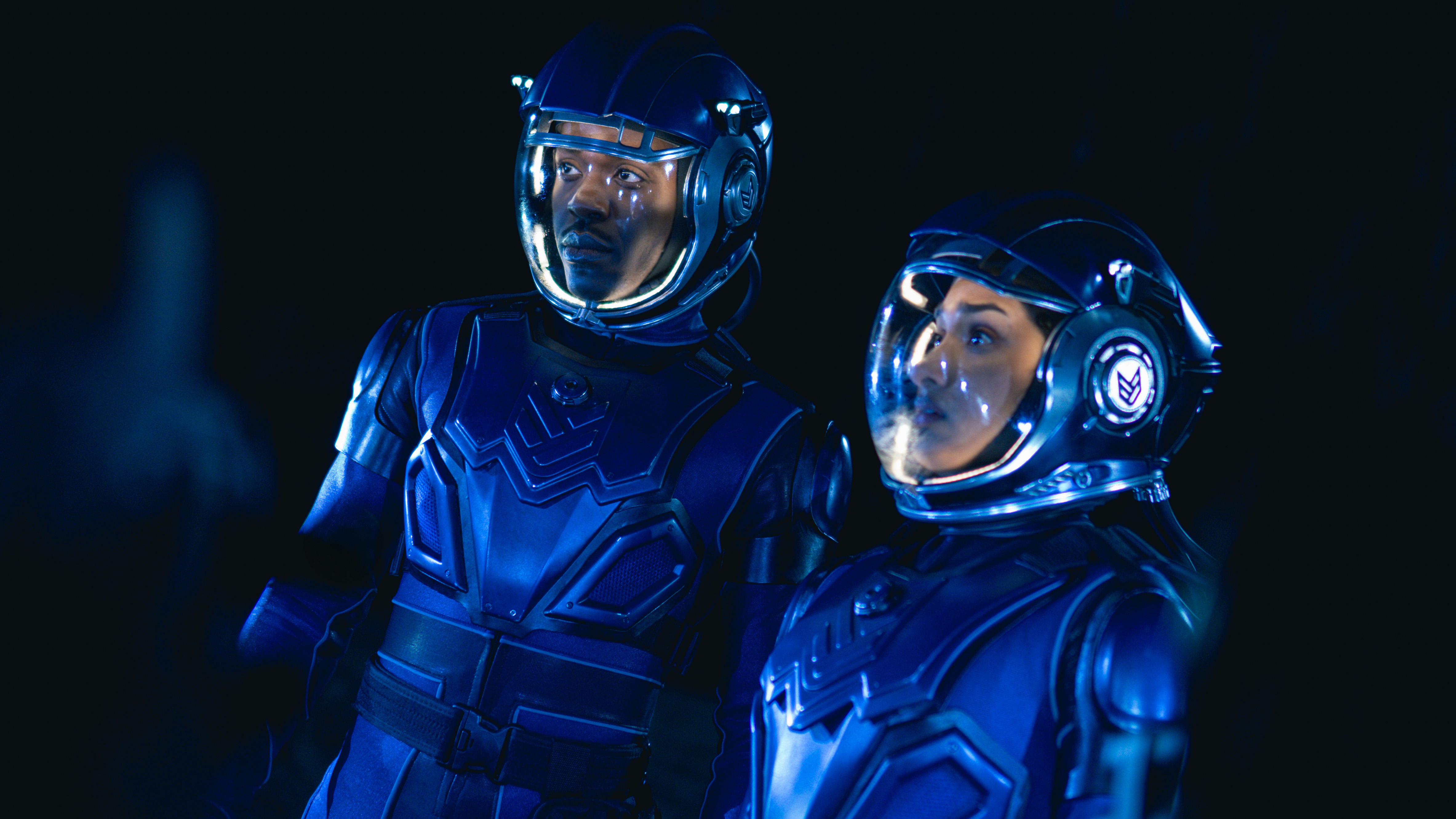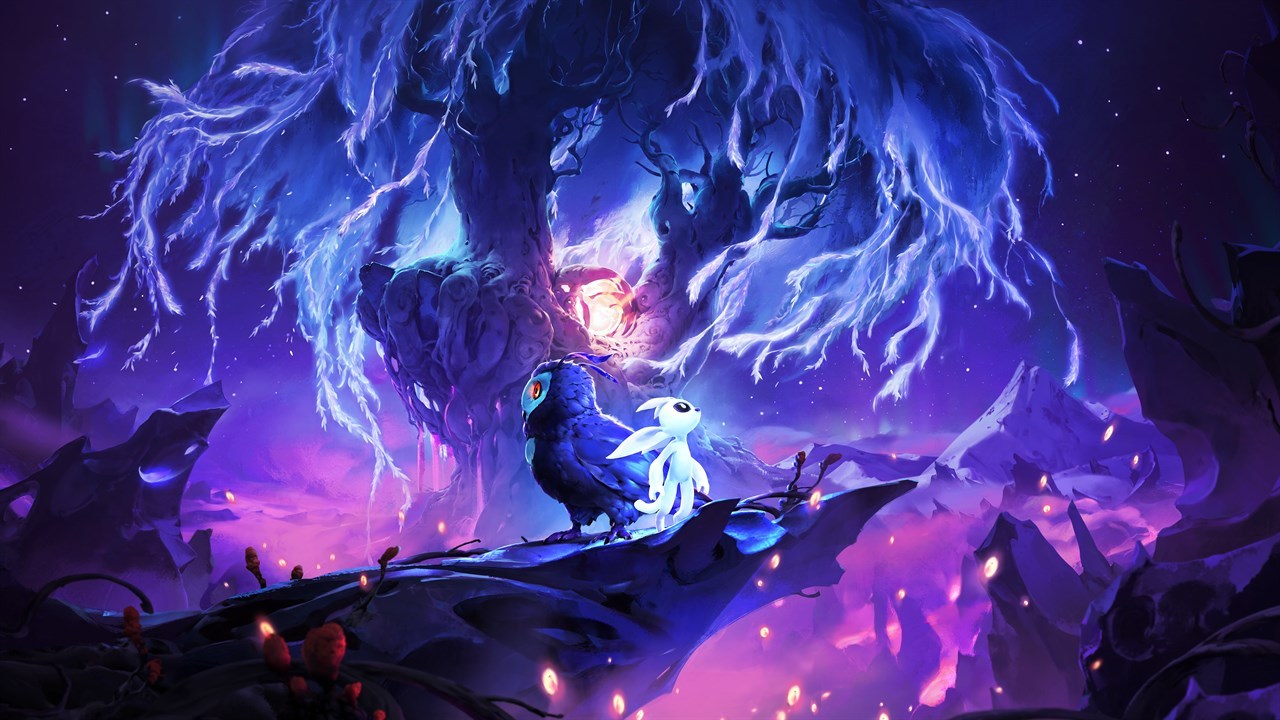
Are you ready for games that look so realistic, you'll struggle to tell the difference between them and real life? That's the direction we're heading in, as recent interviews with Tim Sweeney and PS5 game Martha is Dead's developer LKA Studio are anything to go by. Both talked about the aim of achieving photorealism thanks to the capabilities of next-gen consoles, and what that means for our favourite hobby. Sweeney, for instance, said "We need one more giant leap to get to the point where you can't distinguish between Unreal Engine powered real-time graphics from CG graphics [or] from the real world".
And yet, aren't games at their best when they're an escape from the real world? Or, to phrase that differently, when they show us worlds that can only exist in imaginations? With Ori and The Will of the Wisps swooping onto Xbox Game Pass, it's a timely reminder that some of the beautiful games ever made don't require you to believe they're real – they dazzle you by showing you something that isn't.
Will of the animators
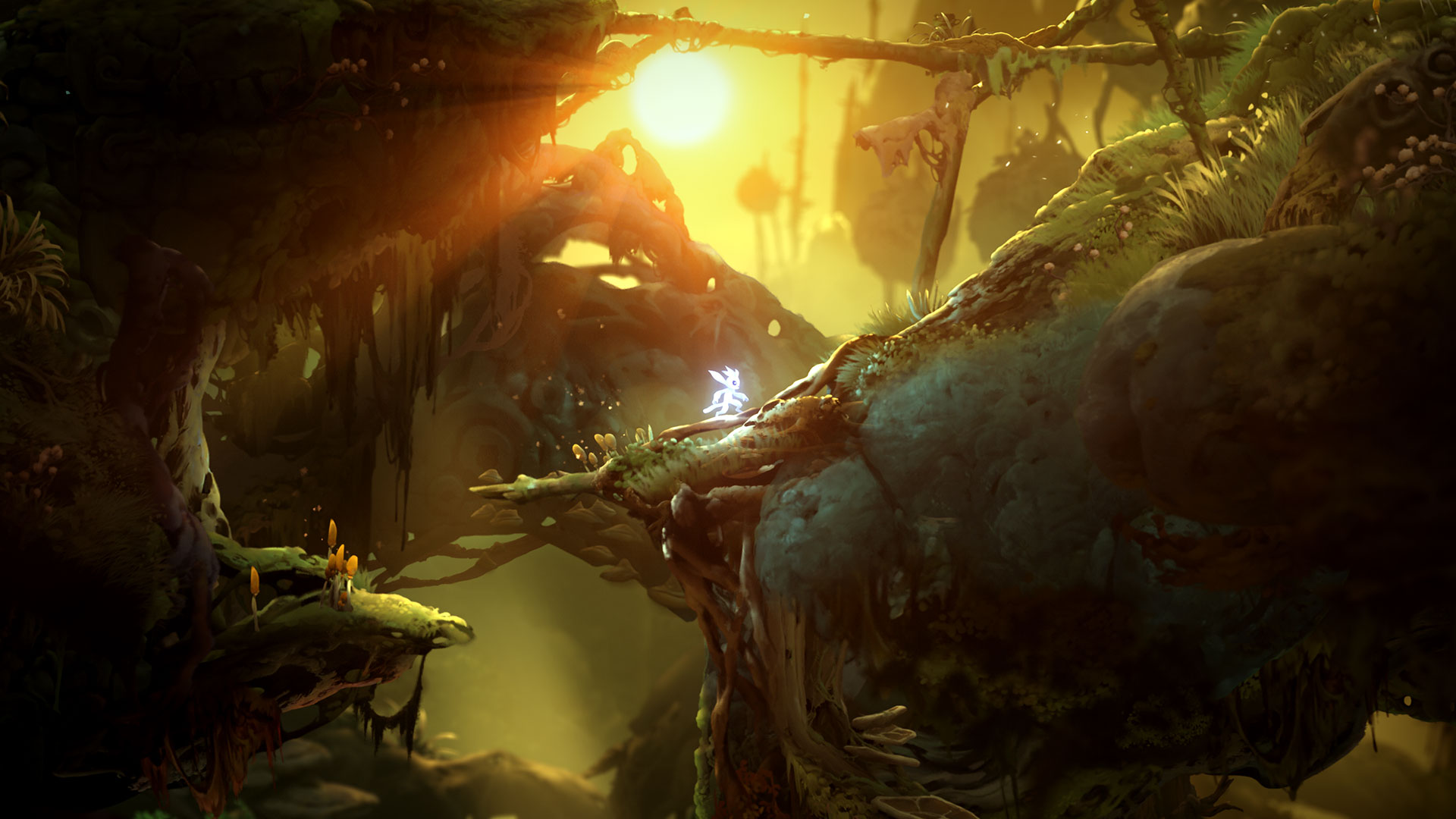
Ori is the latest example of just how good hand animation in games can look. The below gif was recorded by our reviewer, Austin Wood, and I could spend days picking apart just how gorgeous it is. The coral leaves swaying in the background, the splash as Ori breaks through the water, the fluidity of the character's movement… I could go on, but you should just watch it underneath.
It's striking and distinctive, immersing us in the world because of how natural the animation is. When Alex Avard recently spoke to Moon Studios' Thomas Mahler on the game's art style, he told him about one of the reasons the team pursued it. Mahler explained, "All of these games are pursuing the most advanced graphics with higher resolutions, textures, and everything else. But the problem is that technology is always evolving, and it only takes a few years before a game that once looked amazing suddenly… doesn't. I was just playing The Witcher 3 the other day; that game launched in 2015, but it already looks kind of dated next to something like Red Dead Redemption 2, which came out just three years after it."
Now it's fair to say that enjoyment from a game doesn't come from how realistic it looks, after all The Witcher 3 saw a surge of players after the Netflix show launched. But Mahler's point is a valid one, as we've had moments of being blown away by how a game looks at launch, only to be disappointed when we return years later. This is especially when you consider how well hand animated titles such as Rayman Legends, Child of Light, and Valiant Hearts: The Great War age, despite these titles being released in 2013 and 2014 respectively. Why those three in particular? Well, that's because they represent one of the last major mainstream push for hand animation in games.
UbiArt Attack
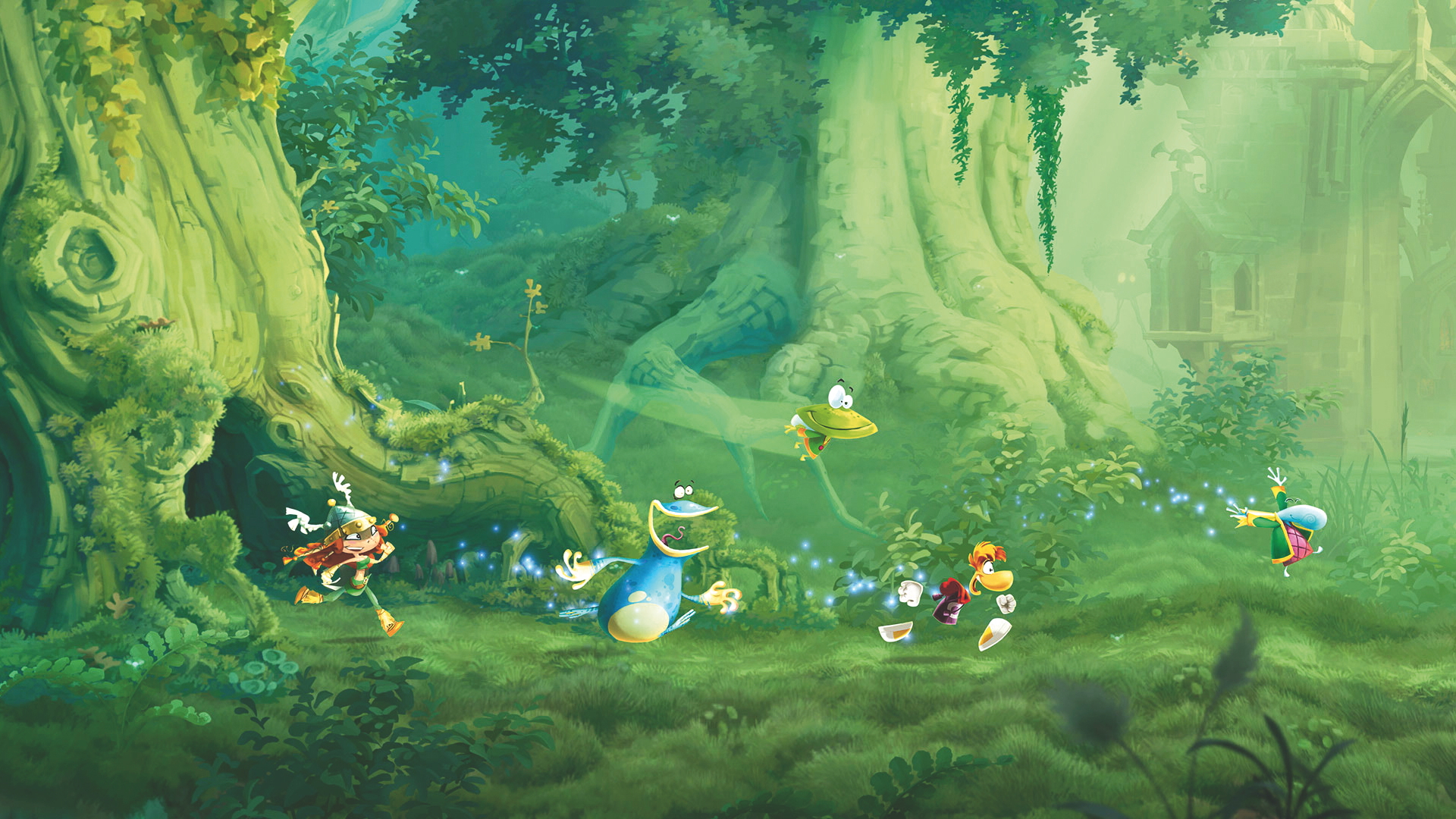
The UbiArt Framework is the key between those three games. It was a set of tools developed by Ubisoft Montpellier and Rayman creator Michel Ancel that aided developers in using hand animation in games. The first game to use it, the fantastically fluid Rayman Origins, still looks as vibrant and detailed today as it did when it launched back in 2011. Origins' look caused such a stir that it led to a handful of games coming from Ubisoft that also utilised the UbiArt Framework.
Valiant Hearts and Child of Light are very different games to Rayman – Valiant Hearts is a 2D war narrative game driven by puzzle solving, Child of Light is a fairytale action role playing game - and yet all remain visually appealing due to their individualistic styles. From Rayman's bouncy Saturday morning cartoon feel to Child of Light's watercolour storybook, they haven't aged a day.
Sign up to the GamesRadar+ Newsletter
Weekly digests, tales from the communities you love, and more
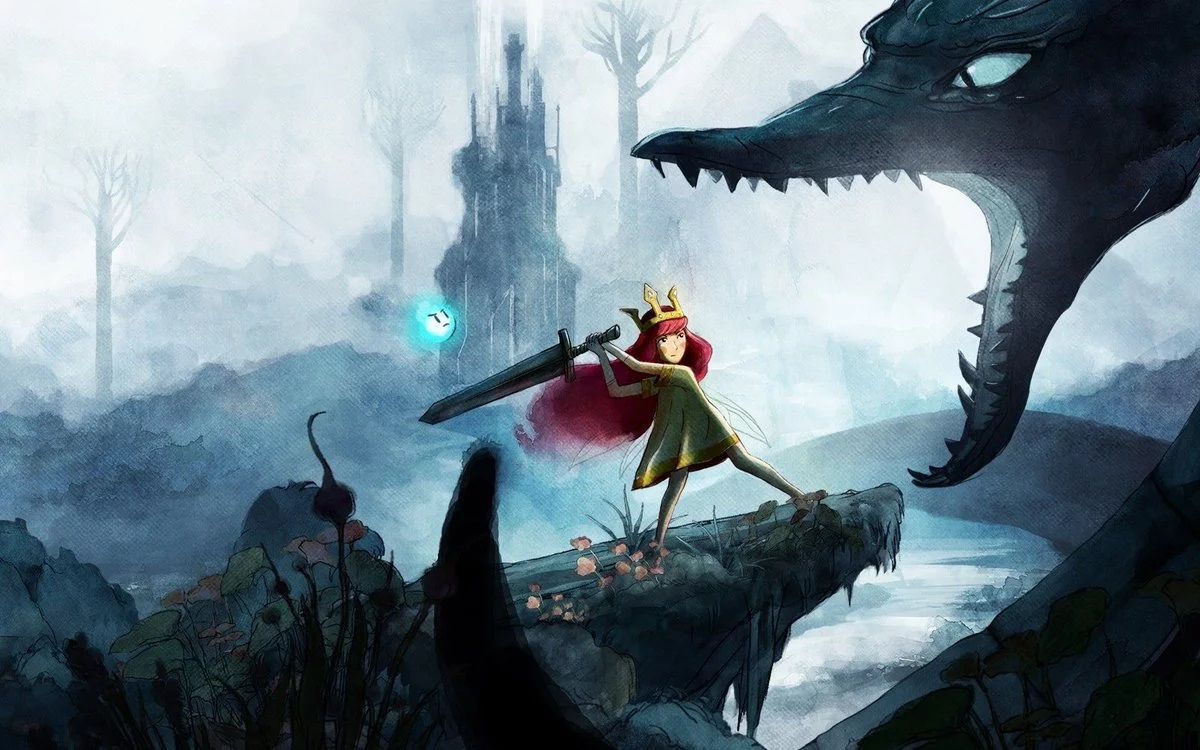
So why did Ubisoft move away from this style? Clearly, this seemed like a passion project for Ubisoft Montpellier, but in an interview with IGN last year, Ubisoft CEO Yves Guillemot discussed how the "tools were difficult to use." Despite plans to distribute them to their studios, he mentioned how time would be taken up by teaching people how to use them. He concluded with, "It’s still there, and you will see other things using it, but it’s not as predominant as it used to be."
It's a shame that's the case, especially as Ubisoft's games have started to become more and more homogenised. It helps that Rayman Origins and Legends are magnificent platformers in its own right, with the animation a stylish bonus, but it also gave some of Ubisoft's mainstream games a look that set them apart from the crowd. That's not something we can say of Ghost Recon: Breakpoint.
Cup half full
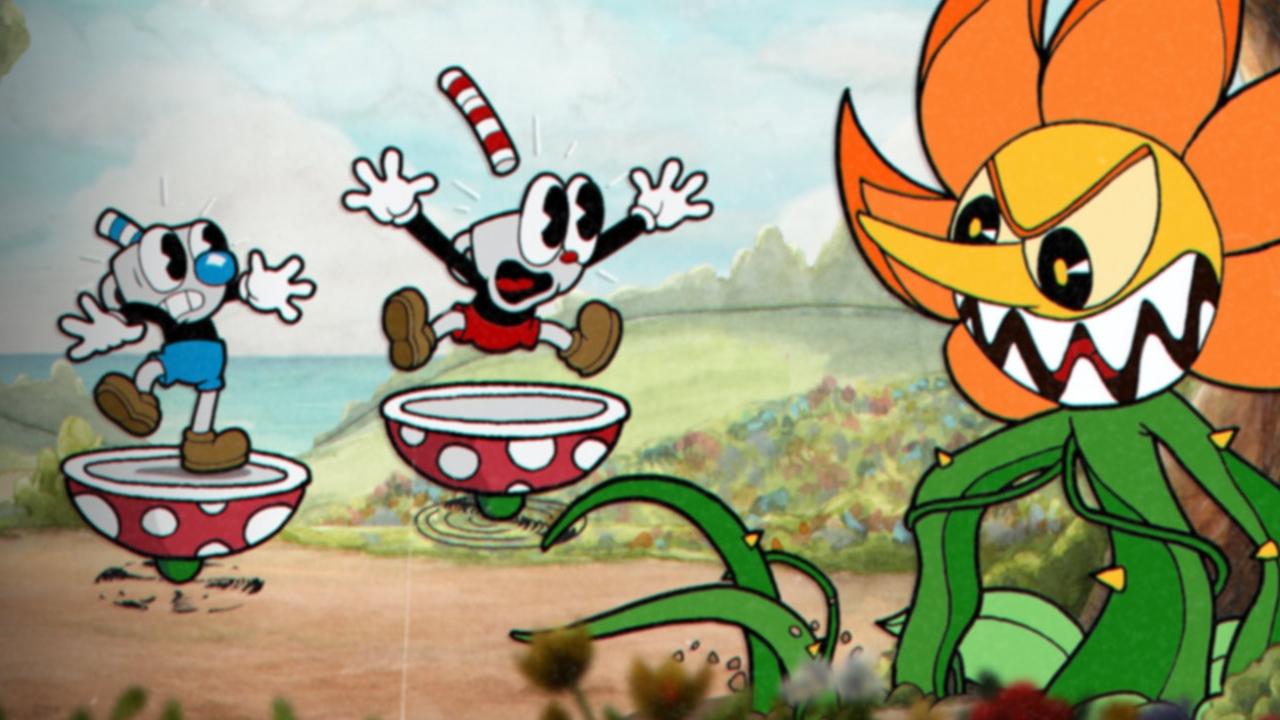
The reason I touched on those Ubisoft games is because that was a major publisher putting their weight behind an art style, but no feature on hand animation would be complete without mentioning Cuphead. If you missed it, Cuphead mimics the style of '30s animation, looking like an early Walt Disney cartoon. Just less Mickey Mouse and more punishingly tough bosses that get you flapping like Donald Duck. The notoriously difficult bullet hell platformer was in development for 7 years; with its creators, Chad and Jared Moldenhauer, to remortgage their house at one point. Microsoft picked up the indie game, and for a while, it was the face of Xbox One indies.
This led to it becoming something of a cult phenomenon. Since its release in 2017, it's sold over 5 million copies as of last September, has been ported to the Nintendo Switch, and it even has a Netflix show on the way. That's down to a combination of factors, but it's not unfair to say that it's evocative and distinctive art style has played a large part in turning Cuphead into a major success.
Power or pen?
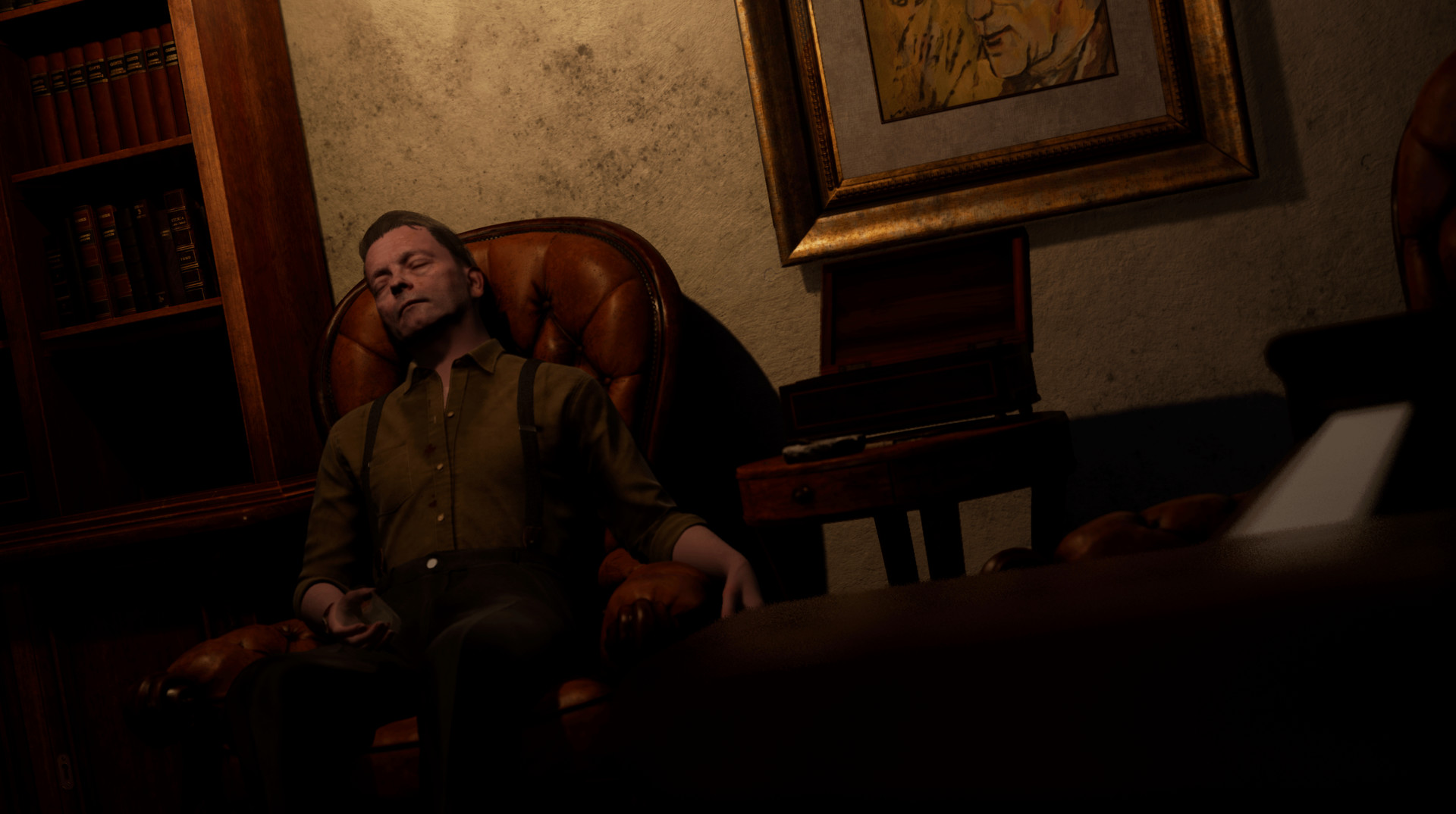
This isn't to say photorealistic games can't be beautiful in their own right. Naughty Dog have frequently set high bars on PlayStation, while Playground's Forza Horizon series is frequently stunning. More importantly, as we move to the next generation of consoles, more indie developers are going to be able to choose which style they want to pursue. As LKA's studio head Dalco puts it "allows games to reach new levels of realism without the need for huge teams." That's undeniably good news for teams who want to explore that style of art.
But, with the likes of Tangle Tower, Grindstone, and Spiritfarer all showcasing the great hand animation graphics coming from indie studios, there's plenty of scope for more visually distinctive games across the spectrum. If mainstream studios such as Ubisoft started to revisit hand animation, imagine the sort of resplendent results that could be achieved. With all the power that the new consoles are packing, here's hoping that those teraflops aren't all devoted to photorealism.

Ben Tyrer is a freelance games journalist with over ten years experience of writing about games. After graduating from Bournemouth University with a degree in multimedia journalism he's worked for Official PlayStation Magazine as a staff writer and games editor, as well as GamesRadar+ (hey, that's this website!) as a news editor. He's also contributed to Official Xbox Magazine, Edge, PC Gamer, GamesMaster, PC Games N, and more. His game of the year - no matter the year - is Rocket League.


